These are America's most unspoiled places
Quiet places around the US
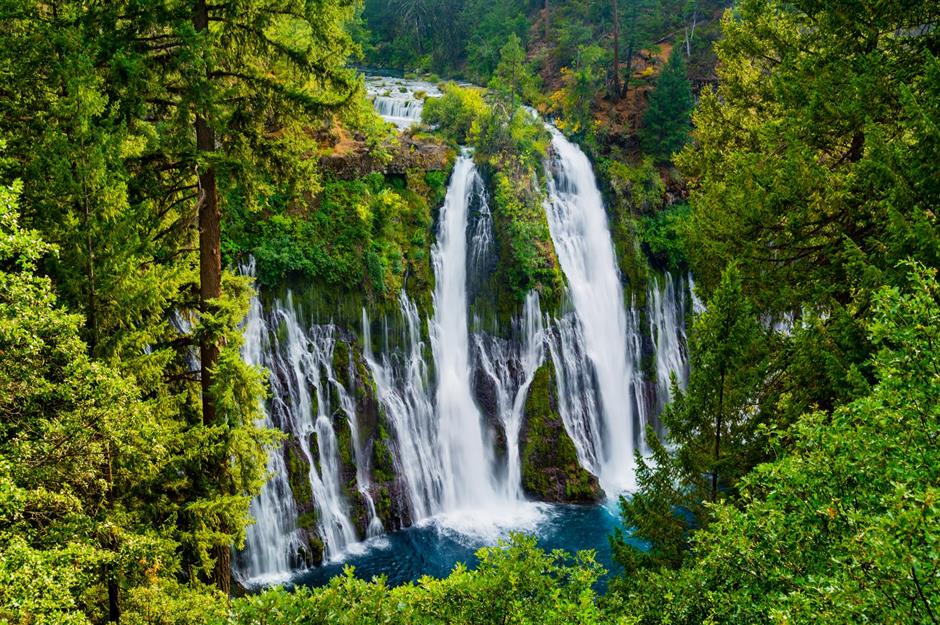
The USA's remotest nooks and farthest flung crannies, from sprawling national parks to tiny islands home only to wild creatures, are beautiful. And while browsing these stunning photographs isn't quite as good as visiting these idyllic spots in person, it makes for a good alternative.
Scroll through the gallery to discover America's unspoiled destinations...
Cumberland Island, Georgia
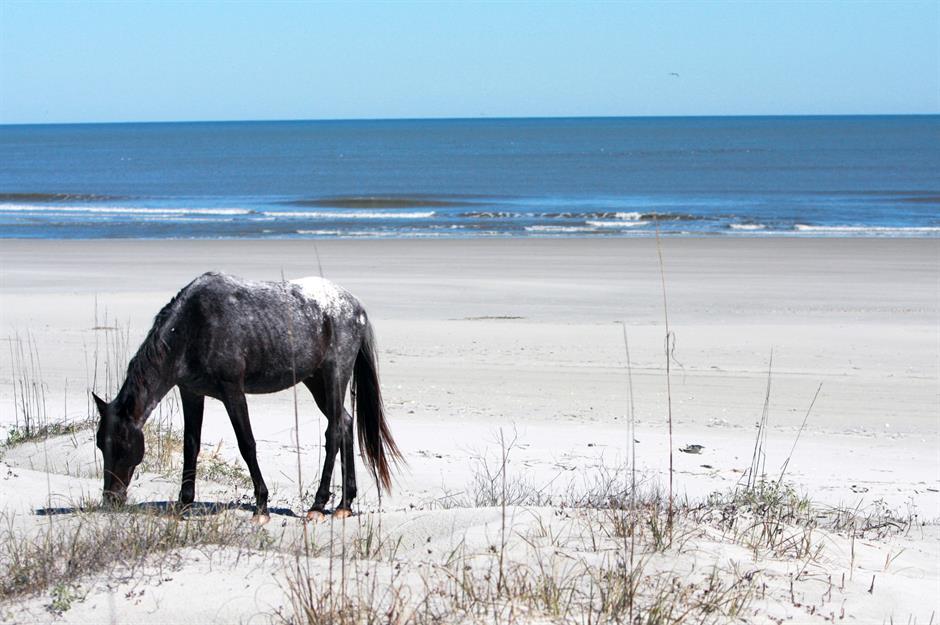
Loggerhead turtles nest on this barrier island off the southeast coast of Georgia and wild horses graze on the dune grass, which sprouts in tufts on the pale, biscuity sand. This wilderness is vast. There’s nearly 10,000 acres of it, from salt-sprayed forests to wetlands and marshes.
Moloka‘i, Hawaii
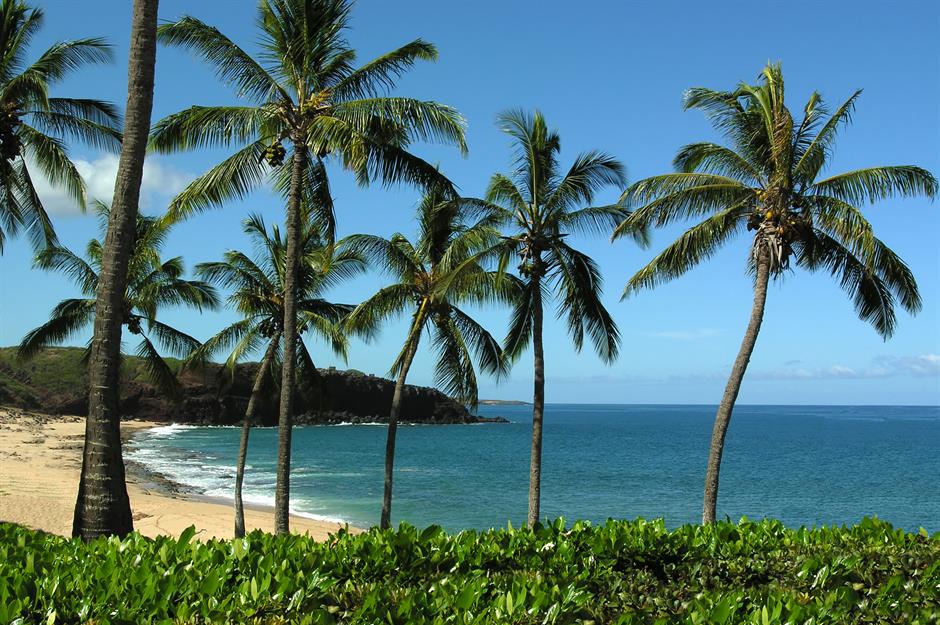
Palm-fringed beaches and teal waters are pretty much a given in Hawaii. But Moloka‘i, nicknamed 'The Friendly Isle', is more rural than other islands. It's only 38 miles (48km) long and 10 miles (16km) wide but has the highest sea cliffs in the world and the longest continuous fringing reef in the state.
Love this? Follow us on Facebook for some more travel inspiration
Big Bend National Park, Texas
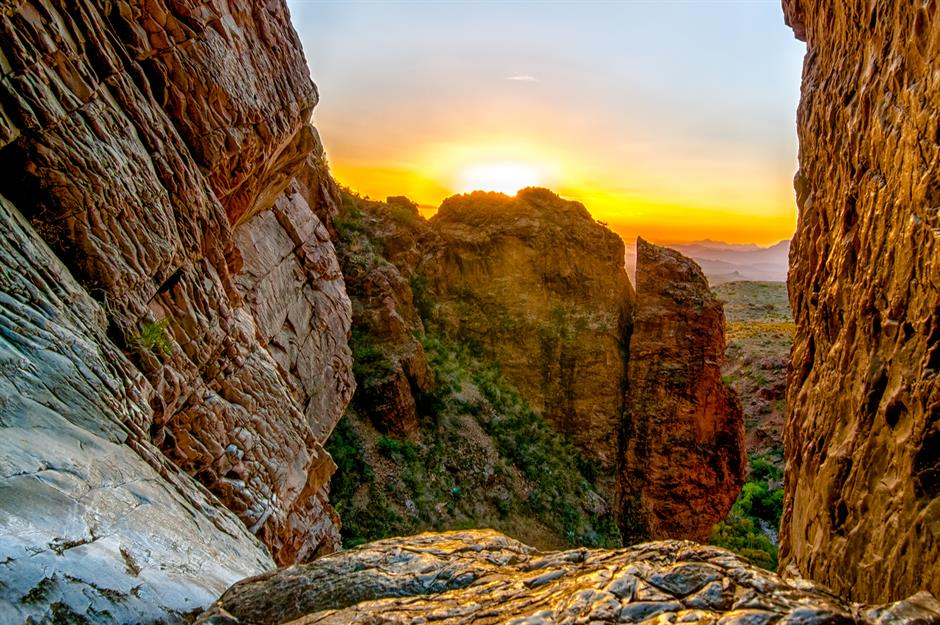
The Chisos Mountains meander through this vast national park in southwest Texas. It also encompasses swathes of the Chihuahuan Desert, although you’re unlikely to meet any small dogs out here.
The area is stuffed with limestone cliffs, waterfalls and mountain peaks, and the Rio Grande river slices through Santa Elena Canyon.
Bonneville Salt Flats, Utah
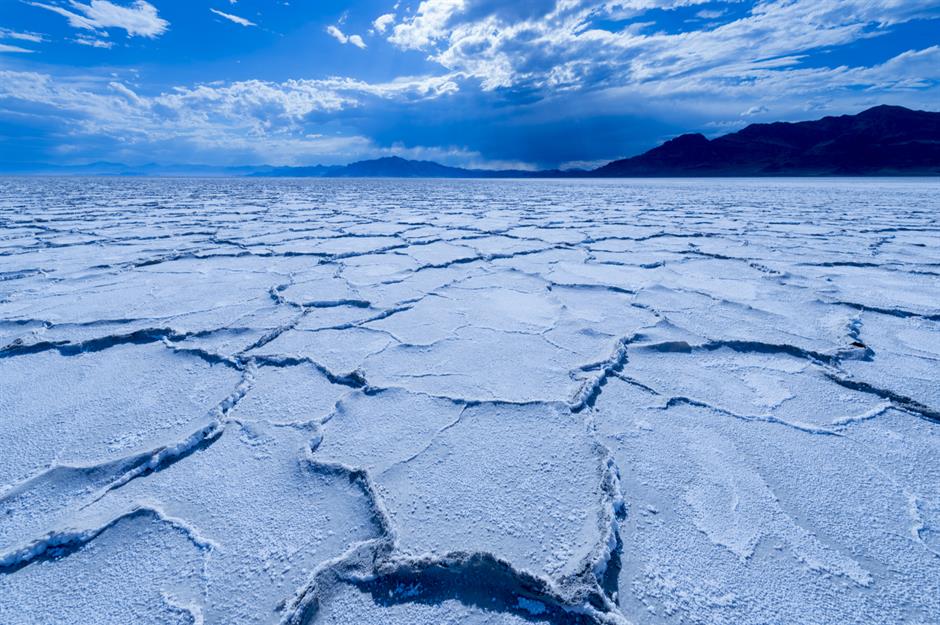
There’s hardly any sign of life at Bonneville Salt Flats, a blazingly white, lunar-esque landscape whose surface cracks and curls in the sunshine. These salt pans sprawl across more than 30,000 acres and, unsurprisingly, nothing grows or lives here.
Supai, Arizona
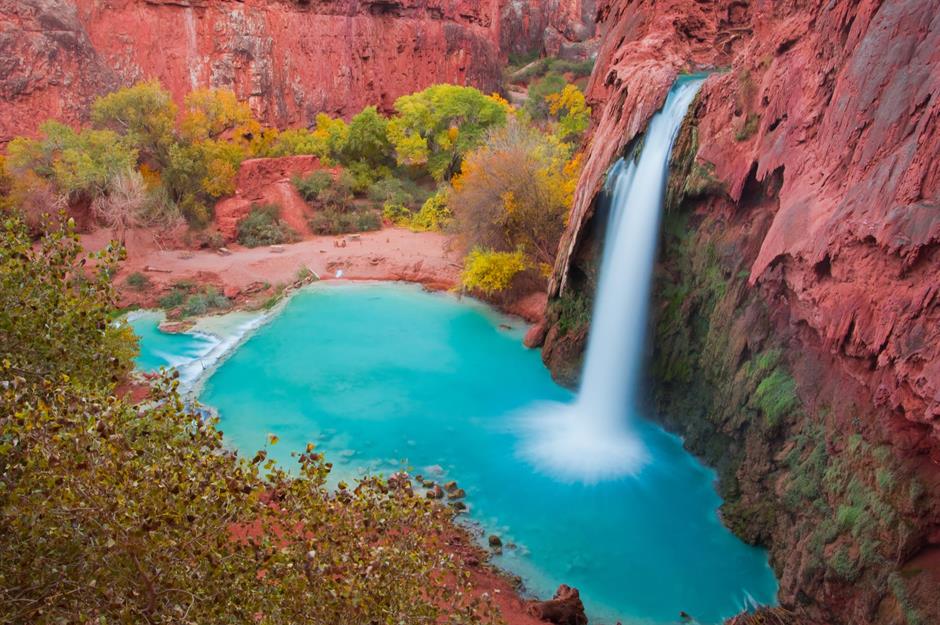
Nestled inside the Grand Canyon is the remote village of Supai, home to the Havasupai Tribe since 1300. The stars of this untouched spot are undoubtedly the shimmering waterfalls that tumble softly, like silk, into natural swimming holes.
There are five in total: Navajo Falls, Fifty Foot Falls, Beaver Falls, Mooney Falls and Havasu Falls.
Alvord Desert, Oregon
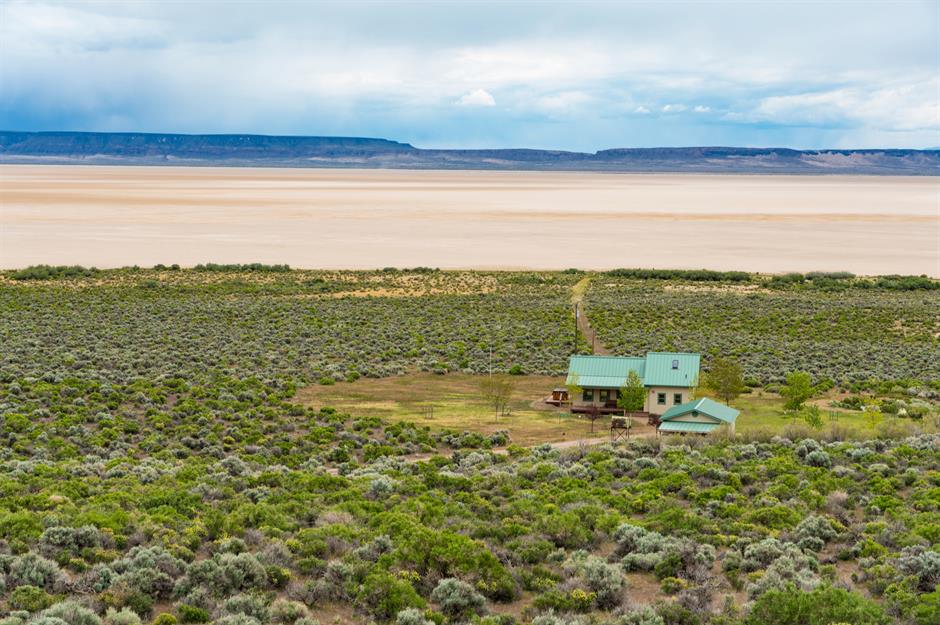
This unique 'desert' is actually a former lake, which evaporated over time to reveal a series of pale alkali beds. The area is dotted with hot springs like the geothermal waters at Alvord Hot Springs, complete with a mountainous backdrop, and Mickey Hot Springs, which features hissing mud pots and bubbling turquoise pools.
Tallgrass Prairie National Preserve, Kansas
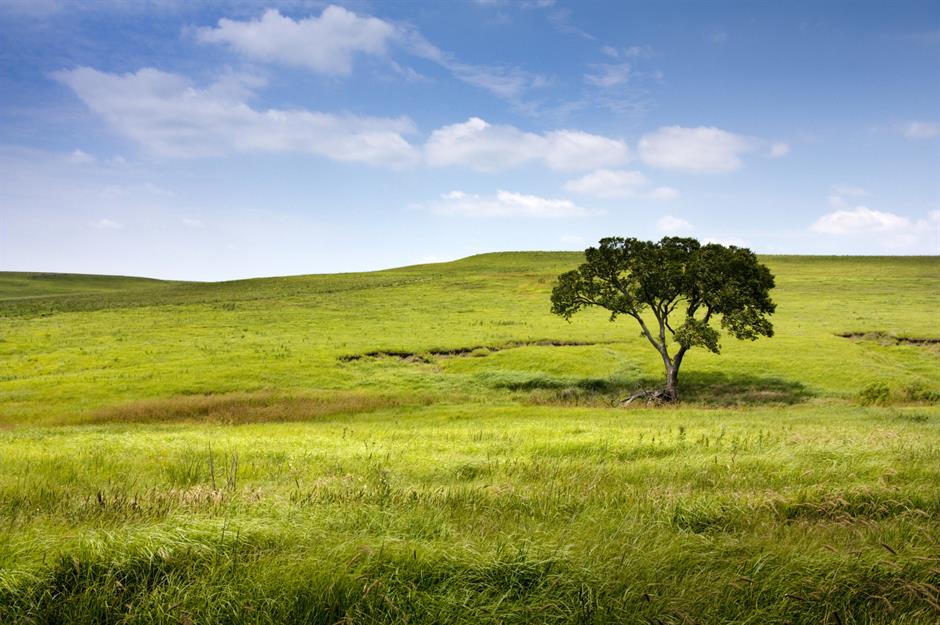
Prairie once carpeted vast swathes of the US. Today, few pockets of this ecosystem remain and most of them form part of Tallgrass Prairie National Preserve in the Flint Hills of Kansas. Trails wind through undulating fields of copper-hued grass, shimmering in the breeze, and past fields grazed by bison and white-tail deer.
Caddo Lake, Texas

This tucked-away Texan spot hugs the state’s border with Louisiana. It’s an ethereal mix of swampy bayous, ponds and cypress trees, which drip with Spanish moss. Their broad, knotted trunks are submerged in the water.
Monhegan Island, Maine
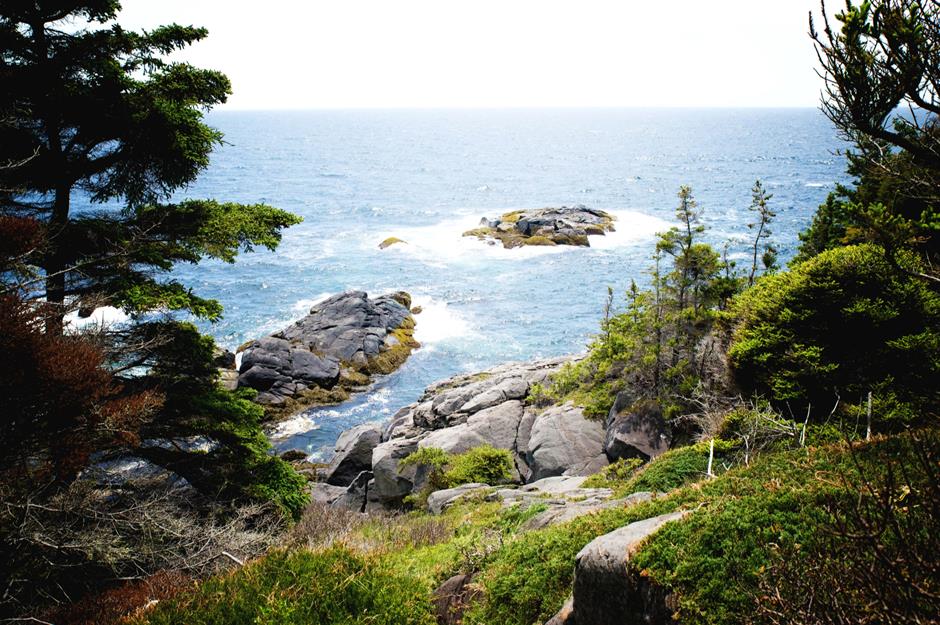
Monhegan Island, off the mid-coast of Maine, is an inspiring landscape. Not surprising then that the majority of the 70-odd people who live on the mountainous enclave are artists. It's a place with moody woodland, ocean bluffs, craggy outcrops and salty sea air.
White Sands National Monument, New Mexico
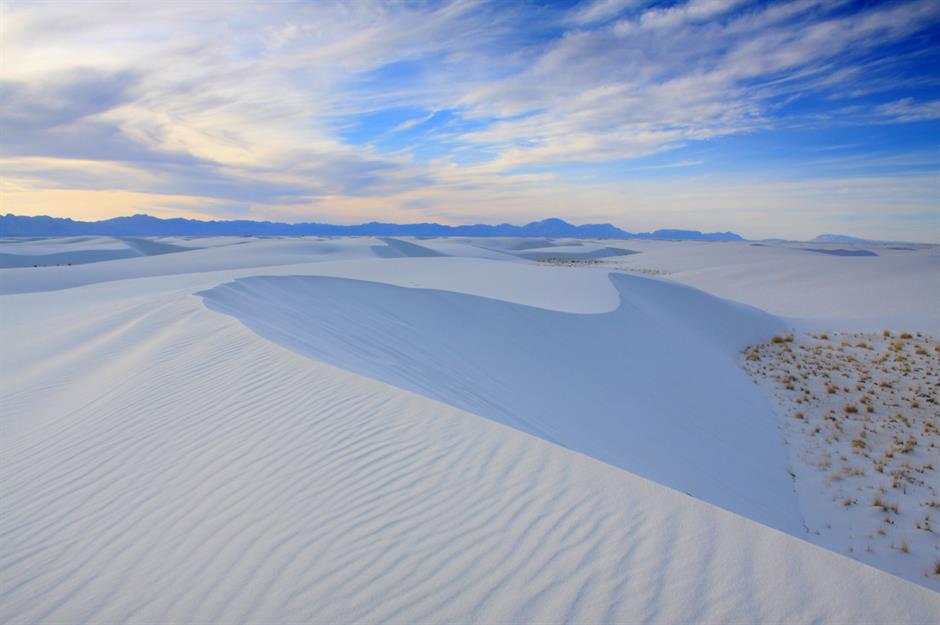
These shortbread-hued dunes seem to go on forever, curving, dipping and rising in soft peaks. In fact they go on for 275 square miles (712sq km), brightening the landscape between the San Andres and Sacramento mountain ranges.
The dunes are formed by gypsum sand – a rare mineral found only in a few places on Earth. It dissolves in water so it's almost a miracle such large quantities of it exist in one place but thanks to New Mexico's dry climate, the sand thrives here.
Apostle Islands, Wisconsin
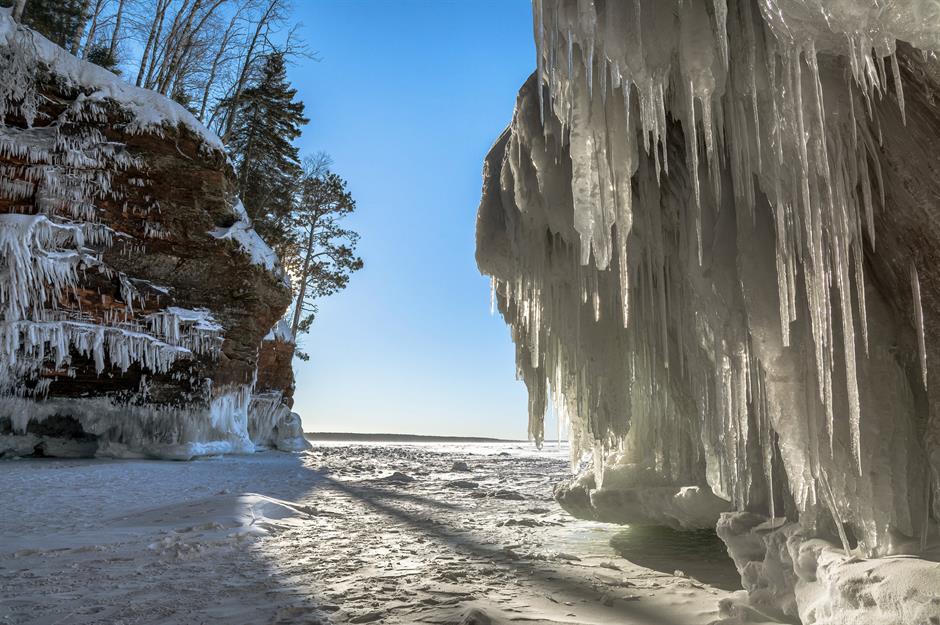
Apostle Islands National Lakeshore boasts all manner of natural wonders but none are more magical than the ice caves that form here in winter. Caverns drip with giant icicles and Lake Superior’s ice is thick enough to walk on.
Grand Teton National Park, Wyoming
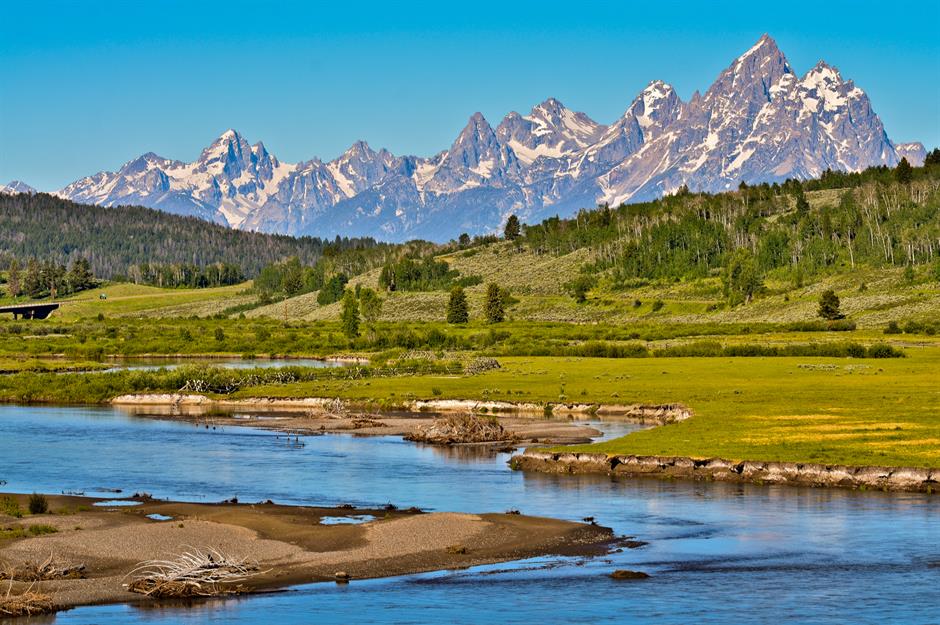
The vast landscape of Grand Teton National Park is etched with snow-capped mountains, woodland and crystalline lakes. The highlight of the dramatic scenery is the Teton mountain range, of which the park's namesake Grand Teton is the highest.
Finger Lakes, New York
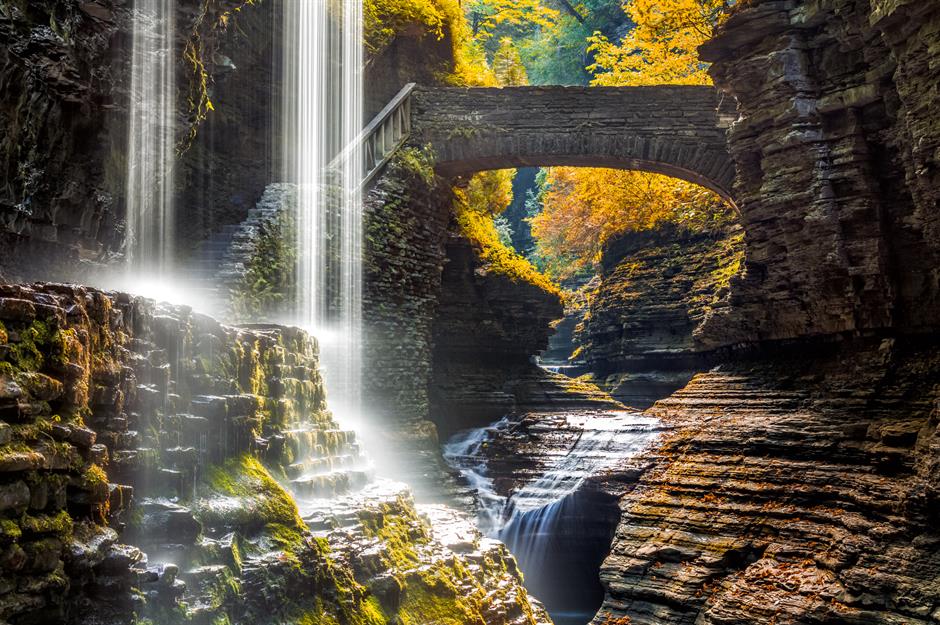
The Finger Lakes region is known for vineyards but there’s a lot more to it. It’s named for its 11 long, skinny lakes which glisten on the landscape. Beyond the water, there are waterfalls, gorges, thick woods and rolling hills.
Carova Beach, North Carolina

Herds of wild horses roam the pale beaches and rolling dunes of Carova Beach, a tiny Outer Banks spot. The graceful animals are thought to be descended from Spanish mustangs shipwrecked here in the 1400s. The unspoiled nature of the place has allowed them to live freely here for centuries.
Black Hills, South Dakota and Wyoming
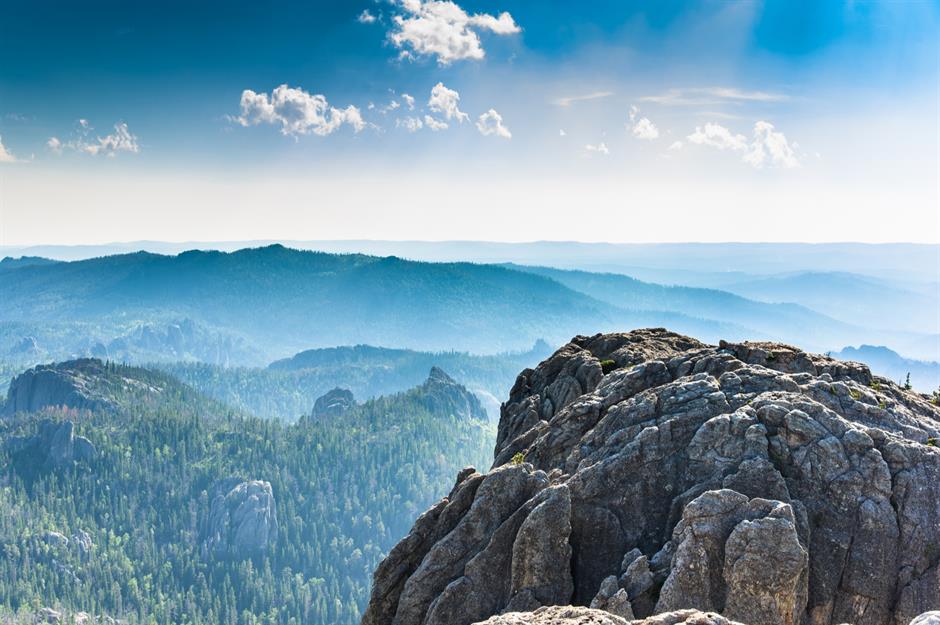
With 5.4 million acres of pine forests, mountains, canyons, lakes and open grasslands, there's plenty of peace and quiet here. It's also where the Crazy Horse Memorial is located, a tribute to the late Sioux warrior.
Crazy Horse, who was killed in 1877, is famed for his role in the Sioux Wars, as Native peoples resisted the invasion of the Great Plains. The mammoth mountain carving is thought to be the largest in the world – the face alone reaches 87 feet (27m).
Whidbey Island, Washington
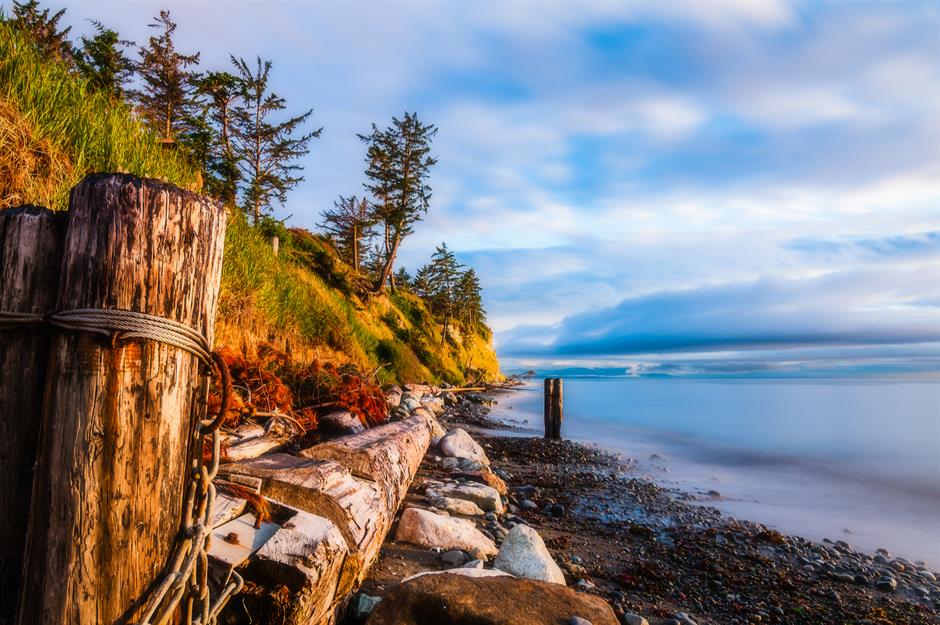
Whidbey Island belongs to nature. Alder and fir trees blanket the ground, clusters of oysters cling to the shoreline and orcas can sometimes be spotted off the coast. Deception Pass State Park, right at the tip, is the domain of centuries-old fir trees and picture-perfect sunsets.
See how we've ranked America's most amazing animal encounters
North Cascades National Park, Washington
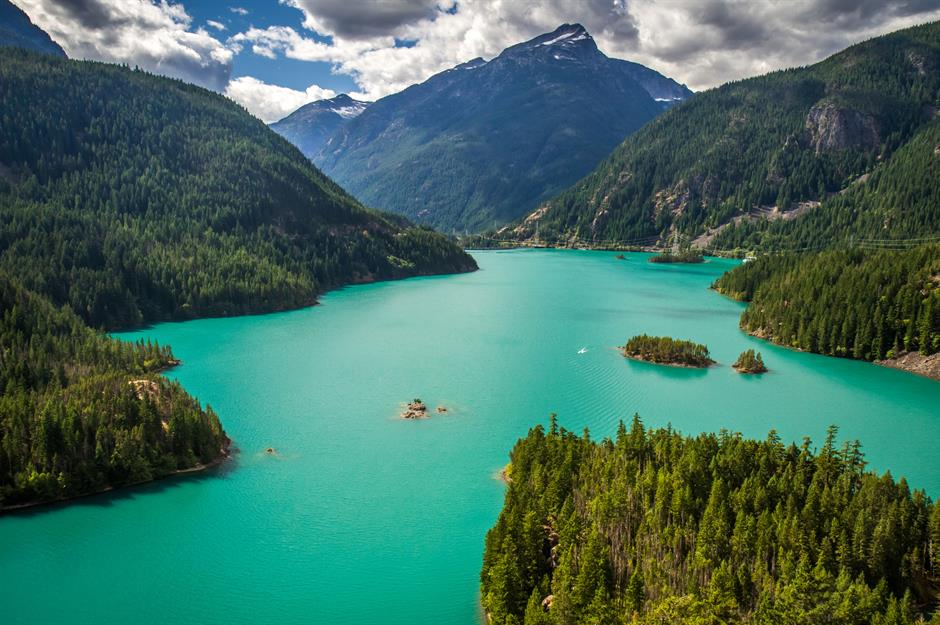
The beauty of North Cascades National Park is undeniable. Glacier crowns top mountain peaks, forested trails lead to tall waterfalls and lakes are the colour of creamy turquoise. The park is home to grizzly bears, grey wolves and more than 200 species of bird.
Lost Coast, California
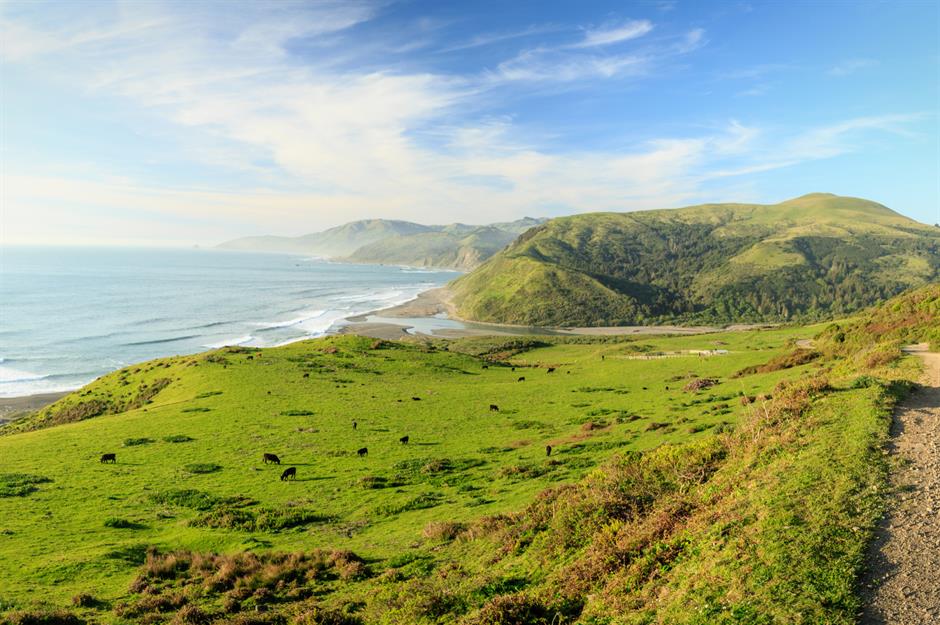
California’s Highway 1, or Pacific Coast Highway, is one of the world’s most famous routes. It ends in Mendocino County, merging with the 101 freeway, but the coast itself carries on.
This is the Lost Coast, a 25-mile (40km) section too wild for that wiggly highway to continue through it. It's a remote spot of foggy forests and driftwood beaches.
Isle Royale National Park, Michigan
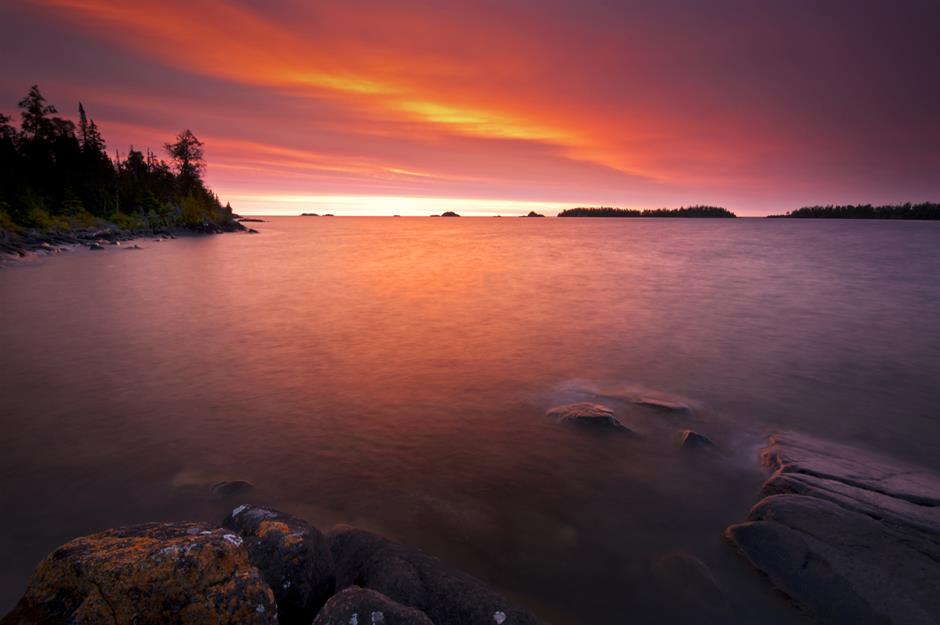
Part of the Great Lakes, Isle Royale National Park is an archipelago of more than 200 islands – some of which have their own mini lakes, waterfalls and even shipwrecks. The largest, Isle Royale, has wildlife including wolves and moose.
Rawah Wilderness, Colorado
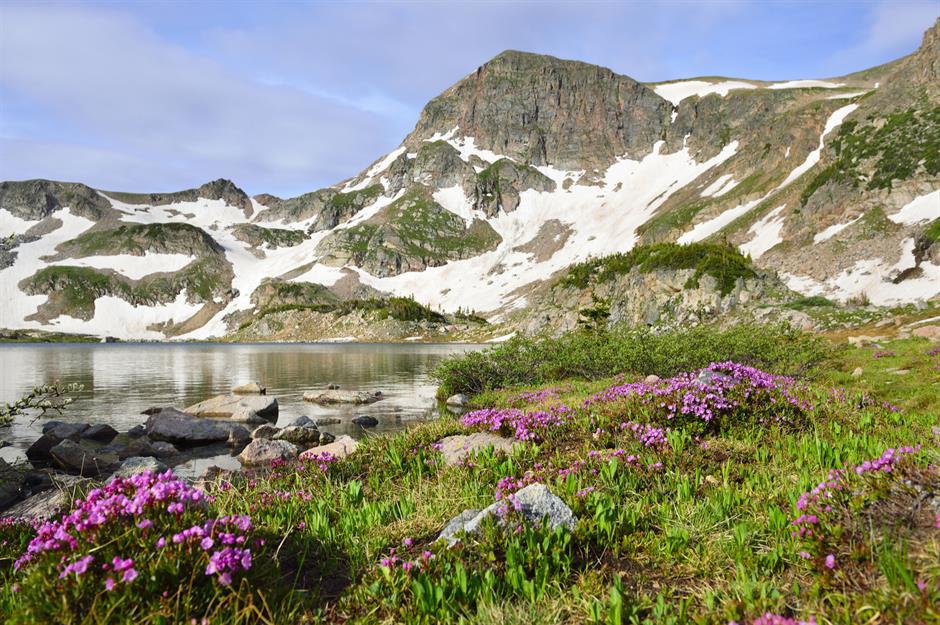
The clue’s in the name: this is more than 74,000 acres of wonderful, unspoiled wilderness. Think valleys carved by glaciers, mountain slopes studded with fir trees and clear, sapphire lakes.
Everglades National Park, Florida
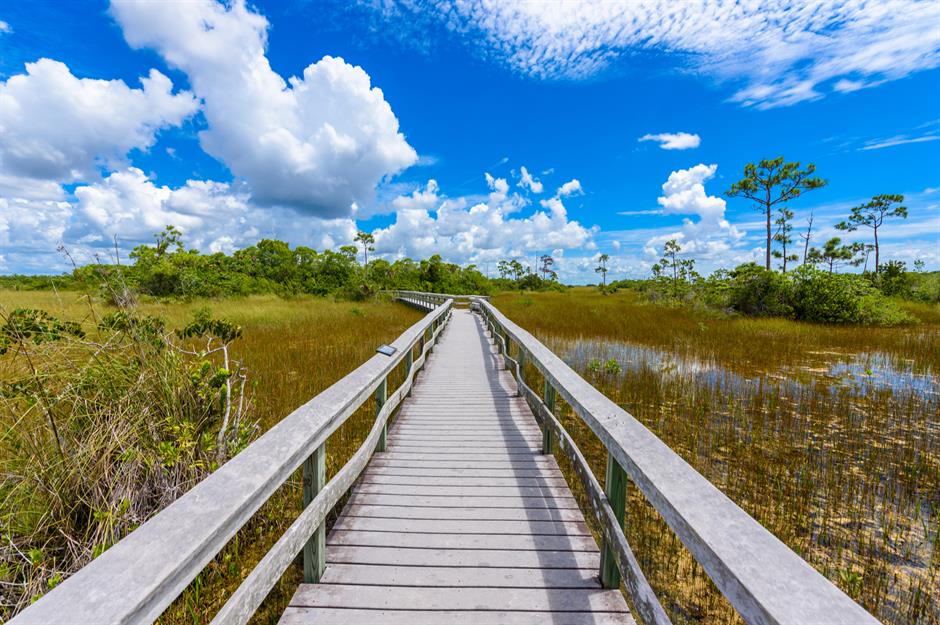
Why did the crocodile cross the road? Because, in Everglades National Park, stuff like that just happens.
Nature is big and abundant in Florida’s vast, subtropical wilderness. The park itself covers only a small section of the sprawling wetland that's home to mangroves, the endangered Florida panther and the American alligator.
Assateague Island, Maryland and Virginia
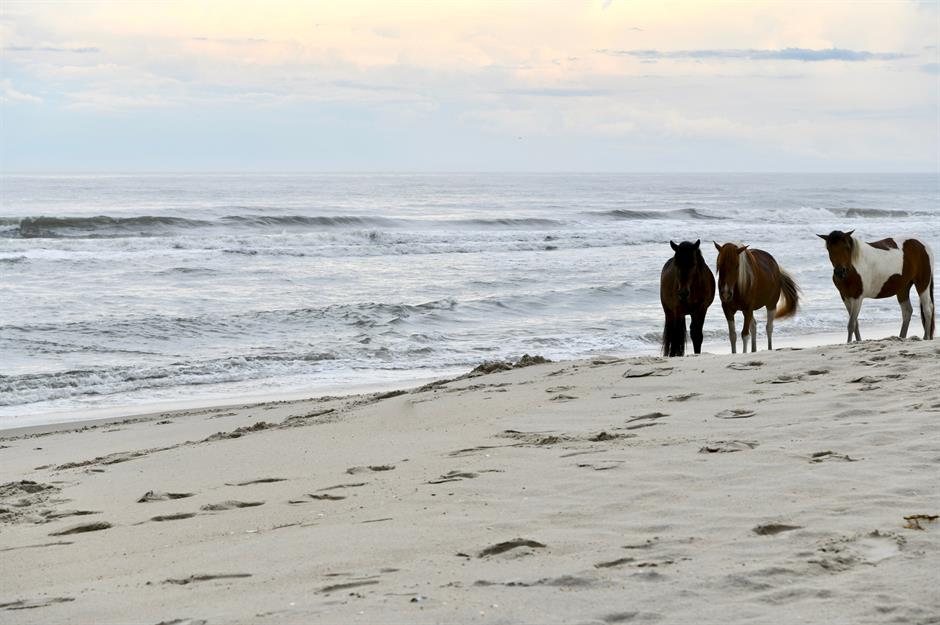
This barrier island is home to beaches as soft as caster sugar and best-known for its wild ponies. Two herds of feral horses (the wild descendants of domestic animals) thrive here, one managed by the National Park System and one by the Chincoteague Volunteer Fire Company.
Painted Hills, Oregon
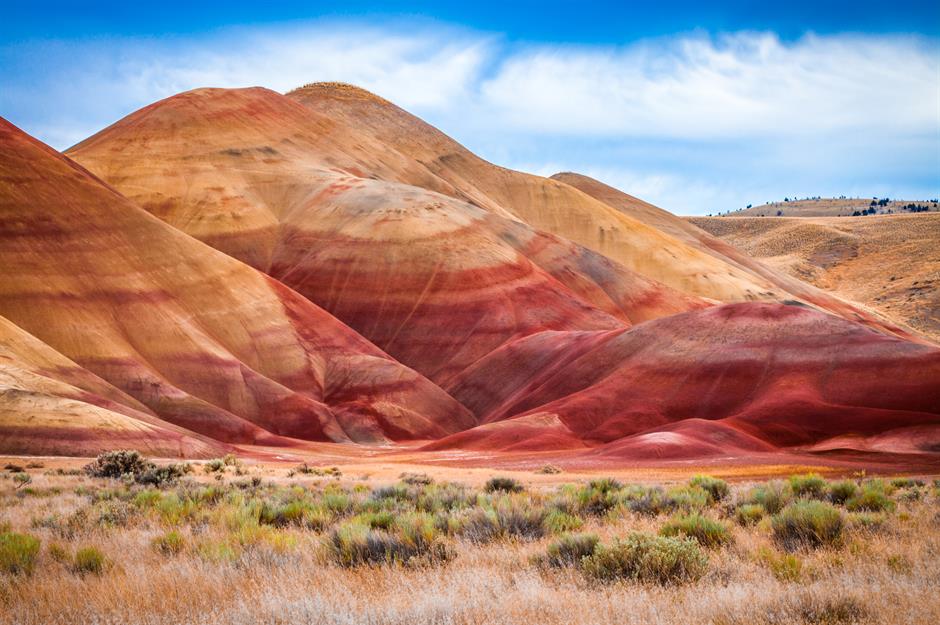
The peach, apricot and golden stripes of Oregon’s Painted Hills are truly stunning. Early morning light washes them with pale pastels and in the afternoon, the dipping sun seems to illuminate the rocks from within. The bands of colour show how the climate and geology have changed over time.
Dry Tortugas National Park, Florida Keys
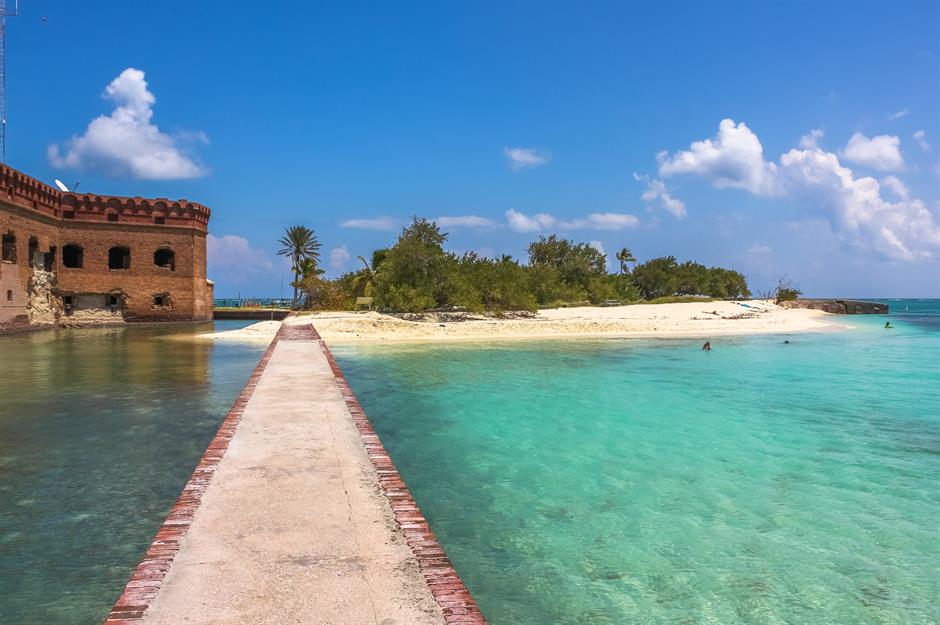
Dry Tortugas National Park is a chain of seven islands best known for 19th-century Fort Jefferson. It was originally built to protect the US from attack from the Gulf of Mexico. Elsewhere, sea turtles nest on the sand, while surrounding waters are home shipwrecks, corals and reef sharks.
Boundary Waters Canoe Area Wilderness, Minnesota
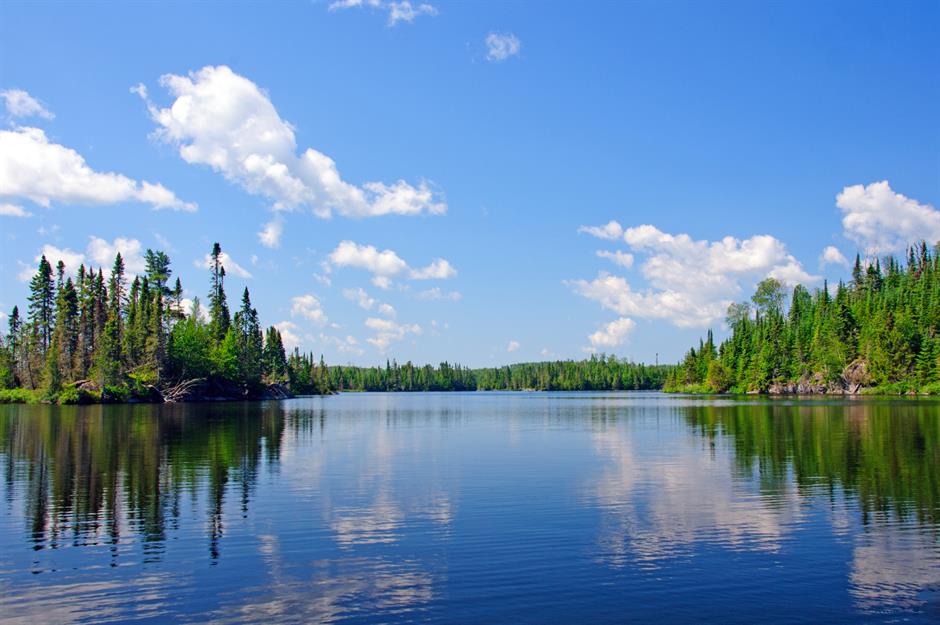
The Boundary Waters Canoe Area Wilderness stretches along Minnesota’s border with Canada and is part of the Superior National Forest. With 1,000 lakes, rivers and streams, this watery expanse is incredibly peaceful. Black bears are known to hang out by the shore.
Denali National Park, Alaska
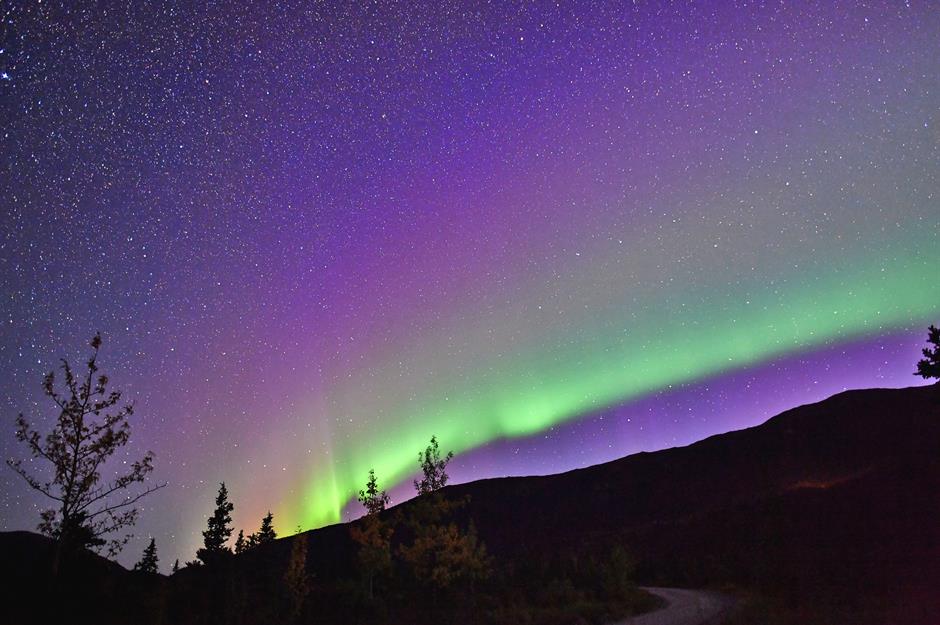
Denali National Park, home to North America's tallest peak, comprises of six million acres of protected alpine forest, glaciers and mountains, roamed by wolves, dall sheep and grizzlies. In winter, the park becomes a ghostly, beautiful place, and one that's even more magical when the glittering, swaying lights of the aurora borealis dance in the sky.
Washington Island, Wisconsin
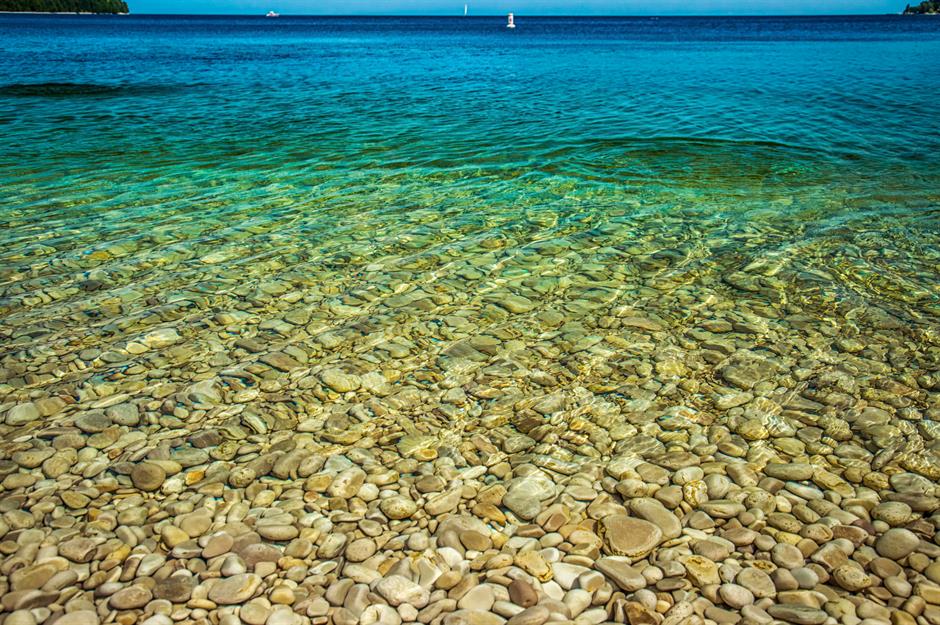
Washington Island is a charming haven with hardwood forests, a famed stone beach and around 700 residents. The air is fragrant with the scent of fresh lavender, which grows abundantly on the 23-square-mile (60sq km) island.
Shasta Cascade, California
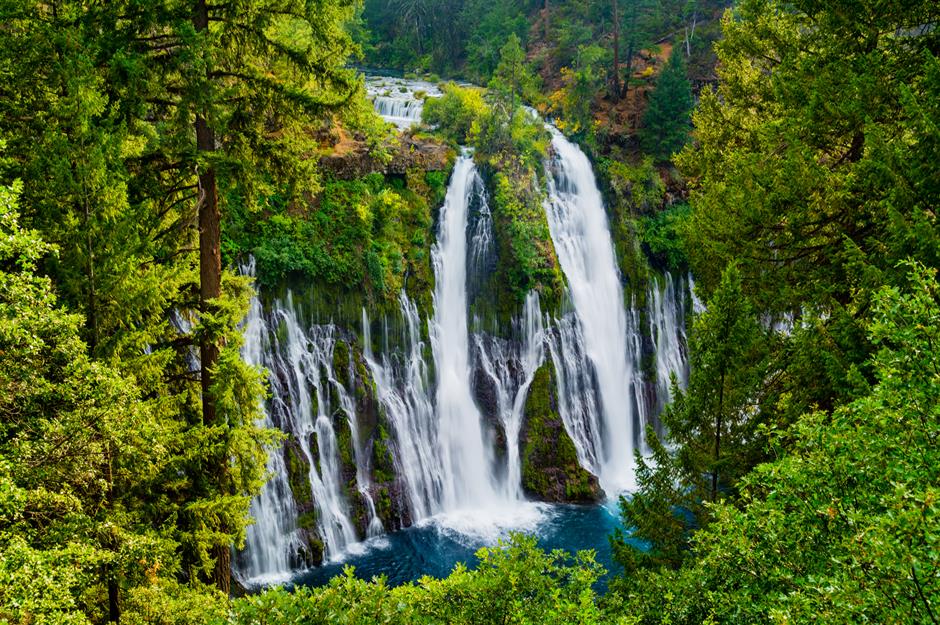
Former US president Theodore Roosevelt declared Burney Falls, a broad, spring-fed waterfall that crashes into a shimmering pool, the "eighth wonder of the world". You could heap equal praise to many parts of Shasta Cascade, a glorious area of mountains, forests, lava beds and lakes northeast of San Francisco.
Texas Hill Country, Texas
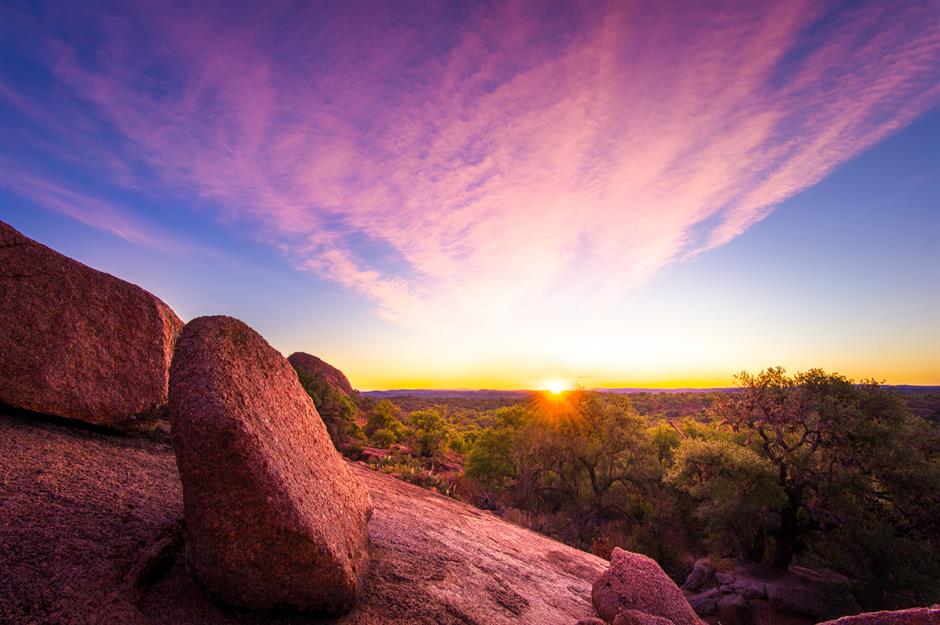
An hour outside Austin, Texas Hill Country is a sprawling area of incredible natural beauty. It's a bucolic region of rugged hills that give way to lush plains and valleys. The area is most famous for its wildflowers, in particular bluebonnets, which come out in full force in spring.
Adirondacks, New York
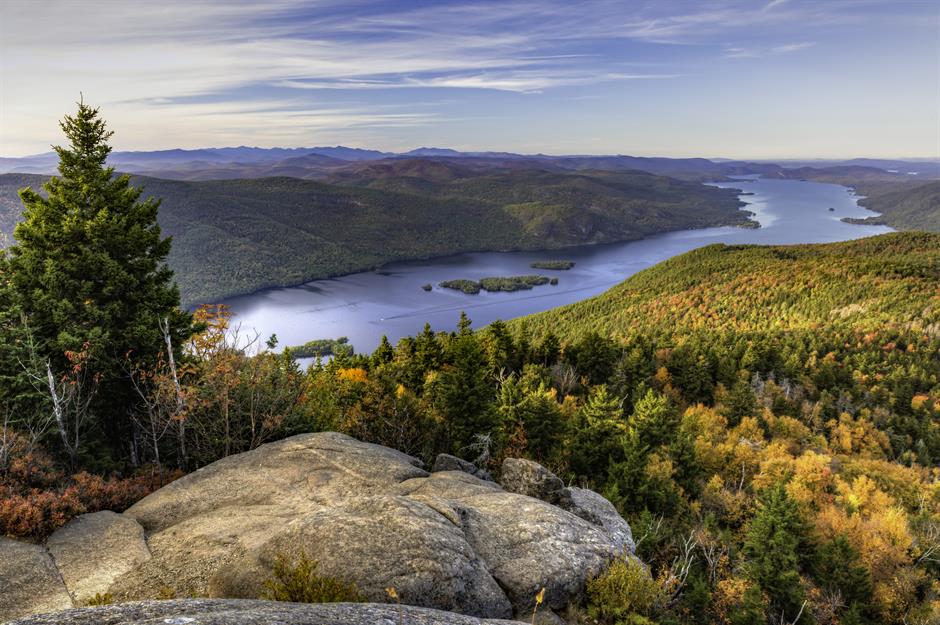
A few hours north of New York City, skyscrapers are swapped for mountain peaks, whose snowy winter caps melt into rivers and lakes come spring. Sidewalks are replaced with tree-lined paths and wildflower meadows.
The Adirondacks, named for the mountain range that wiggles through here, is absolutely breathtaking.
Kenai Fjords National Park, Alaska
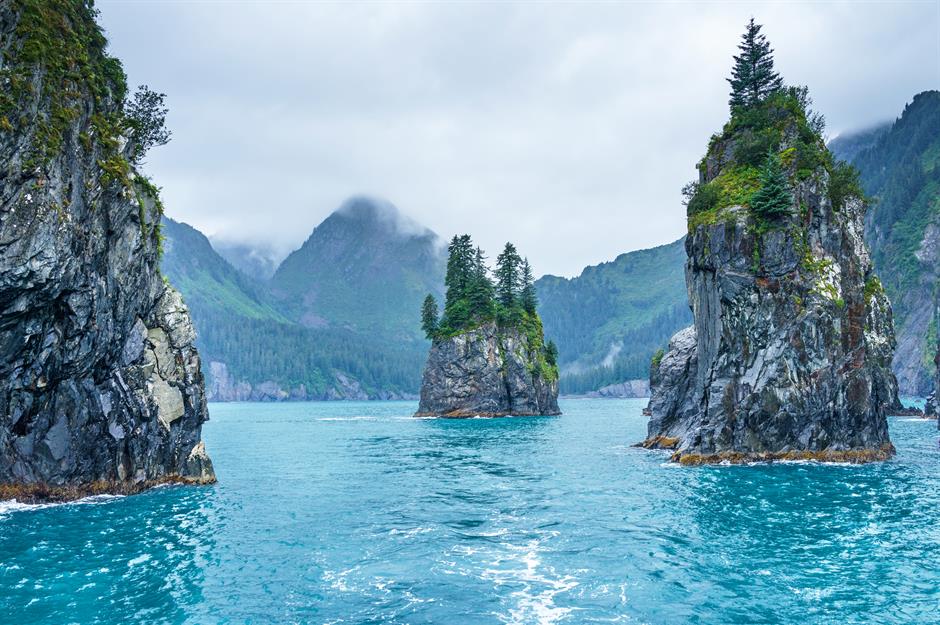
Kenai Fjords is one of Alaska’s smallest national parks, although it punches above its weight when it comes to gaspingly beautiful scenery. In Resurrection Bay, glaciers like solid, sculpted meringues are mirrored perfectly on the water’s surface.
Wildlife that call Kenai Fjords home include moose and clown-faced puffins.
Comments
Do you want to comment on this article? You need to be signed in for this feature